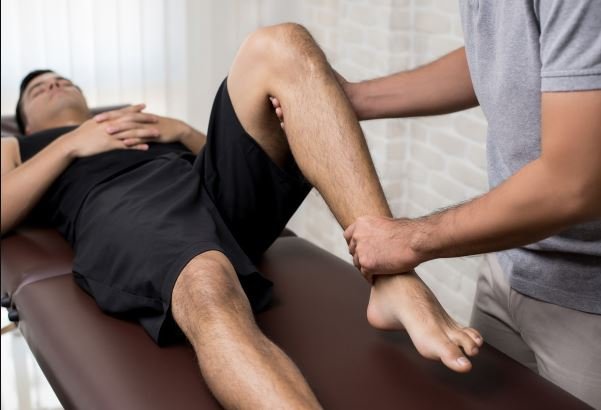General Orthopedics
In general orthopedics, apart from minor sprains and muscle pulls, we primarily address three main types of conditions:
1. Congenital/Developmental Deformities
These conditions are present at birth or develop as a child grows. Some of the most common deformities we manage include:
• Clubfoot: A condition where a baby’s foot is twisted out of shape or position.
• Congenital Dislocation of the Hip (CDH): A condition where the hip joint is dislocated or prone to dislocation from birth.
• Adolescent Scoliosis: A curvature of the spine that typically develops during adolescence.
• Flatfoot: A condition where the arch of the foot is flattened, causing the entire sole to make contact with the ground.
Treatment for these deformities can be either conservative or surgical, depending on the severity and the stage at which the patient seeks treatment. Early intervention is crucial, and the approach is tailored to each case.
2. Fractures
Fractures, or broken bones, are a common orthopedic issue. Our treatment strategy is as follows:

• Minor Fractures: These are generally treated conservatively with immobilization techniques such as casting or splinting.
• Undisplaced Major Fractures: Even when the bones remain aligned, conservative treatment is often sufficient.
• Displaced Major Fractures: These typically require surgical intervention, most often through minimally invasive surgery (MIS) techniques, to realign and stabilize the bones.
• Intra-articular Fractures: Fractures that extend into the joint are treated surgically to ensure proper healing and to prevent long-term complications such as arthritis.
3. Lifestyle Injuries
Modern lifestyles, with their emphasis on prolonged sitting and repetitive movements, contribute significantly to orthopedic problems. Common issues include:
• Neck Pain and Low Back Ache: Often resulting from poor posture or ergonomically incorrect working environments.
• Young Age Knee Pain: Increasingly common due to sedentary lifestyles and lack of physical activity.
• Osteoporosis: A condition where bones become brittle and fragile, often due to calcium and vitamin D deficiencies.
• Carpal Tunnel Syndrome: Caused by pressure on the median nerve in the wrist, often associated with repetitive hand movements.
Preventing and treating lifestyle injuries involves educating patients on proper ergonomics and the importance of a healthy lifestyle. Dr. Ashwani Maichand and his team are proactive in conducting sensitization programs with major companies, where we educate employees about the risks associated with improper ergonomics. During these sessions, we also assess calcium and vitamin D levels to alert individuals about the risk of developing osteoporosis, allowing for early intervention and prevention.